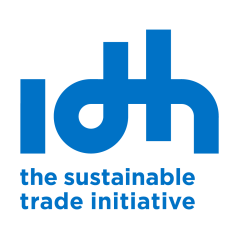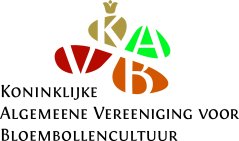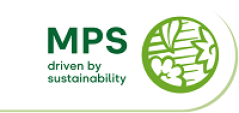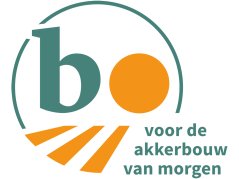
Project
Environmental Indicator Crop Protection
The social debate about the use of plant protection products is being conducted on many fronts. This means that growers experience pressure in various ways to make the use of resources more sustainable. The total of these requirements makes it increasingly difficult for growers to grow healthy crops that meet the quality requirements of the market. They do not achieve the maximum environmental efficiency due to the differences in these requirements.
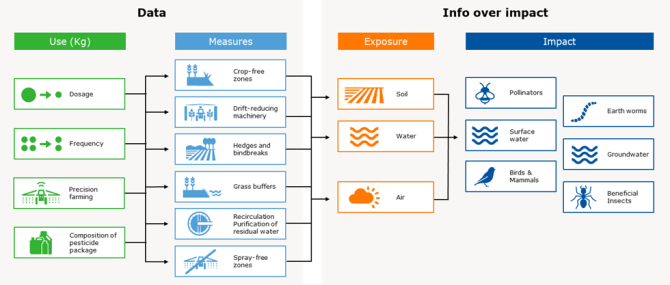
Innovation and harmonisation of the way in which society focuses on the use of plant protection products is therefore necessary. Ultimately, all parties want to reduce the environmental burden through the use of resources. All agricultural and horticultural sectors and the entire chain are therefore looking for an objective environmental indicator for plant protection products with a support base in the sector, market and society.
Purpose of the project
The purpose of this PPS is to develop an indicator with associated calculation system:
- that describes the effects of the used plant protection products in an integral manner (as many impacts as possible on the environment and biodiversity);
- that meets the needs and wishes of the sector, market and society;
- that calculates the impact of a crop in a clear and transparent manner;
- and can be applied internationally (conceptually) and has support.
It is important that farmers and growers can also use this indicator to make choices for deploying measures and means to ultimately minimise the environmental burden in their cultivation. In addition, such an indicator provides more insight into the environmental burden and transparency towards the market and society.
Method and results
The project results in consensus for a new method to determine the environmental impacts of plant protection products. This method will include impact routes that can be modelled responsibly, according to the most suitable existing models for these impact routes. The results will contribute to a better social debate: broad support will ensure that the debate on sustainability is about goals rather than resources.
Furthermore, the debate will be improved if the method can translate possible improvements in crop protection strategy into a changed impact. In other words: it makes the result of various crop protection strategies transparent and comprehensible. In practice, the application of this indicator will contribute to the informed debate in the sector, market and society about sustainability, ensure consistency in policy implementation, promote cooperation between all actors and guide the reduction of environmental impact of plant protection products.
Results
The publication contains the methodological description of the environmental indicator crop protection (EICP). This indicator has been developed based on existing models and model components. The methodology is consistent with the European Food Safety Authority (EFSA) and Dutch Board for the Authorisation of Plant Protection Products and Biocides (Ctgb) guidelines and based on methodology as applied by the Ctgb and EFSA in the assessment of plant protection products (PPPs). The EICP calculates the impacts on six protection goals: Groundwater, Aquatic organisms, In-soil organisms, Non-target arthropods, Pollinators and eeBirds & Mammals.
The research team consisting of researchers from Wageningen Research, CLM and advisors of Nature & Environment wants to thank the team representing the consortium partners, the farmers, growers and stakeholders that participated in testing the EICP during the test and pilot phase, the international advisors and all other involved stakeholders that contributed to the development of the EICP for their comments and assistance.
Application by various stakeholder groups
Various stakeholder groups can apply the indicator:
- Retailers can use it to quantify and report on their crop protection performance. They can discuss this with suppliers.
- Trade parties and growers can compare the environmental performance as a result of the use of plant protection products and use it to learn from each other.
- Civil society organisations can conduct research into varieties that can be grown in an environmentally friendly way and focus their campaigns primarily on product concepts that can or cannot be grown with a low environmental impact.
- Government and semi-government receive controls to reduce the environmental impact of plant protection products and thereby improve water quality, for example.
Onze partners


